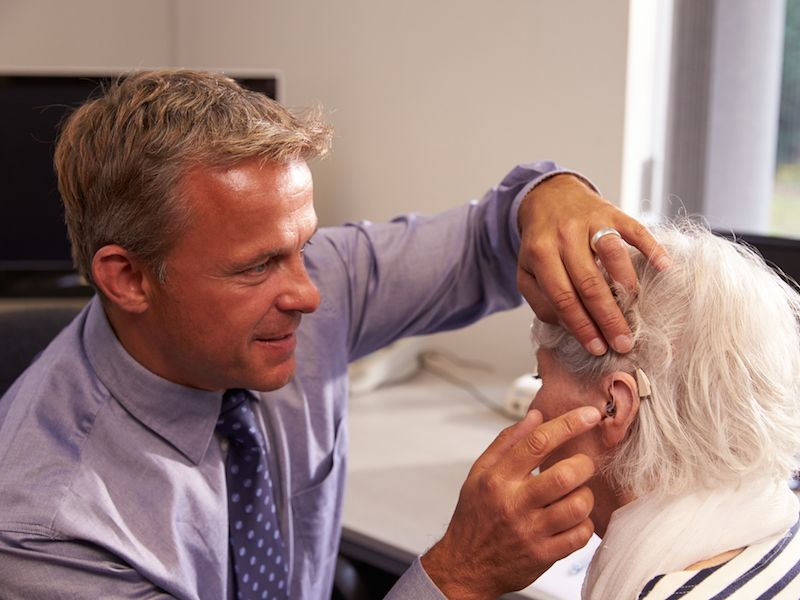
The numbers don’t lie: at some point in your life, you’re more than likely going to need a hearing aid. A quarter of all people between 60 and 75, according to an NIDCD report, have hearing loss and for individuals over 75 this figure increases to 50%. The best way to fight age-related hearing loss is to wear a hearing aid, but how do you know which type is best for you? Developments in technology over the years have fixed some of the issues generally associated with hearing aids, like an excessive amount of background noise and vulnerability to water damage. But there’s still a good deal you need to know when choosing a hearing aid to be certain it works with your lifestyle.
Directionality is a Crucial Feature
Directionality is one key function you should look for, which has the capability of keeping background noise down while focusing on noise you want to hear including conversations. One, if not both, of two directionality systems are functioning inside most hearing aids, they either focus on sound directly in front of you, or they focus on sound coming from different speakers and sometimes do both.
Can You Use it With Your Phone?
It’s become obvious, we’re addicted to our phone as a nation. Even if you don’t have a smartphone, it’s likely you have an old-style cell phone. And on the off-chance that you don’t own any type of cell phone, you most likely still have a land-line. So, when you’re testing different hearing aids, you should test how they connect to your phone. What does it sound like? Are you able to discern voices plainly? Is it Comfortable? Is it Bluetooth Ready? These are all the things you should take into account when selecting new hearing aids.
What is The Likelihood You Would Actually Wear it?
In the last few years, as mentioned above, the development of hearing aids has vastly improved. One of those advances has been the size and shape of hearing aids, which are much smaller today. Still, there are always going to be some trade-offs. A more compact hearing aid may not be as powerful as a larger one, so it really depends on your hearing professional’s recommendation and what you want to achieve with your hearing aid. You can get a hearing aid that fits right into your ear canal and is basically invisible, but it won’t have many of the functions available in larger hearing aids and will be prone to earwax clogs. On the other hand, better directionality features and more advanced sound amplification choices come with a behind the ear hearing aid even though it’s a little bit larger.
What Type of Background Noise Will You be Exposed to?
Wind interference has been an overwhelming difficulty for hearing aid users since they were invented. Being outside during a windy day with a traditional hearing aid once meant that you couldn’t hear anything but the wind, which is could drive anyone nuts. If you’re an outdoors kind of person or you live in a windy place, you’ll want to get a hearing aid that suppresses wind noise so you can carry on conversations at a normal volume and avoid the headaches that are linked to hearing aid wind noises. Looking for more information about how to choose the right hearing aid? Get in touch with us.